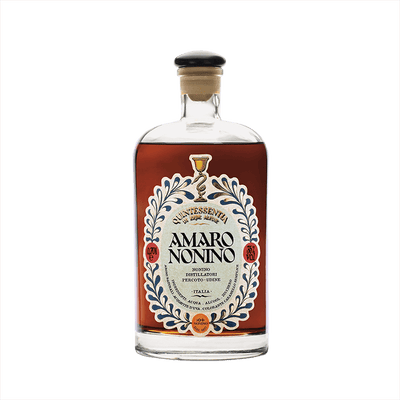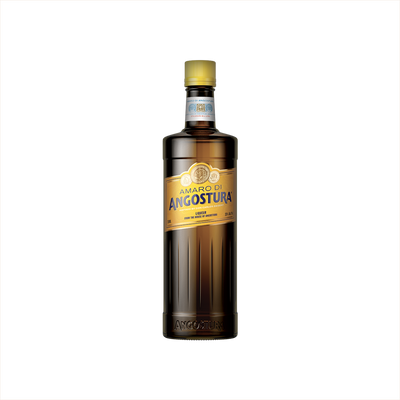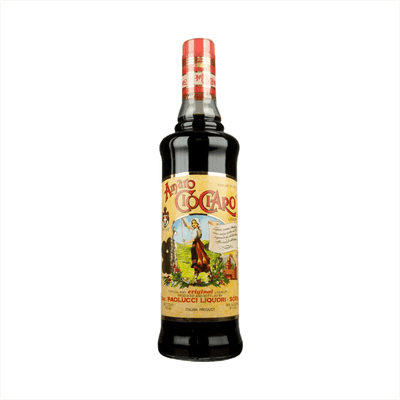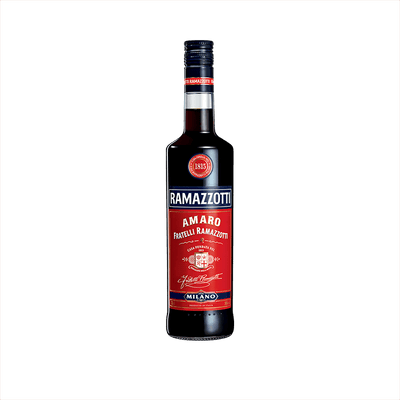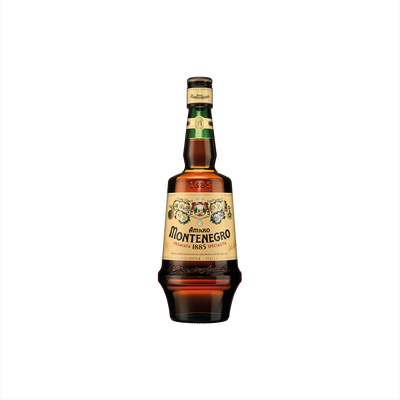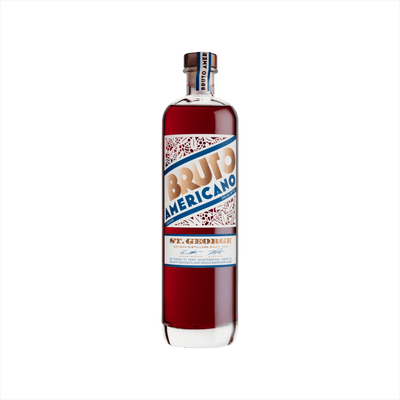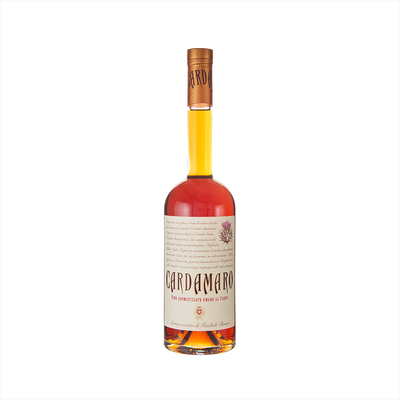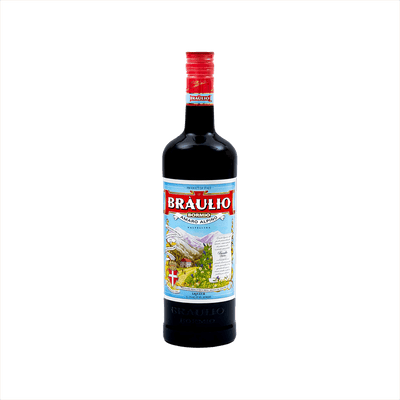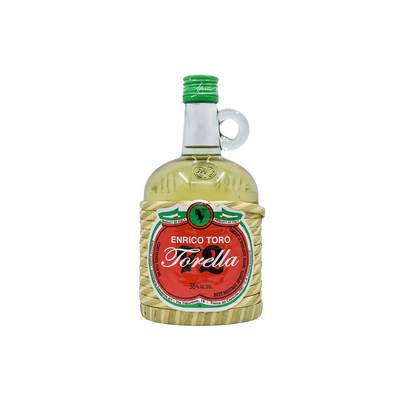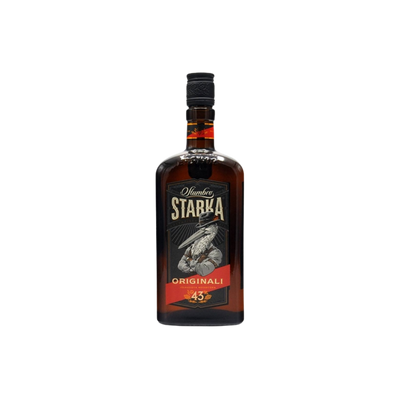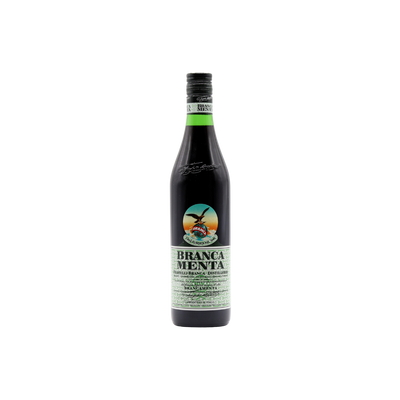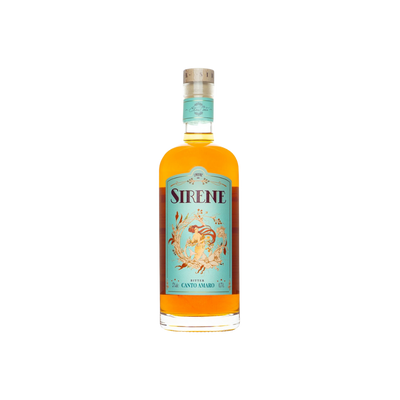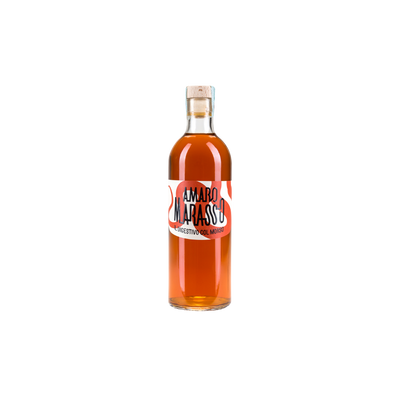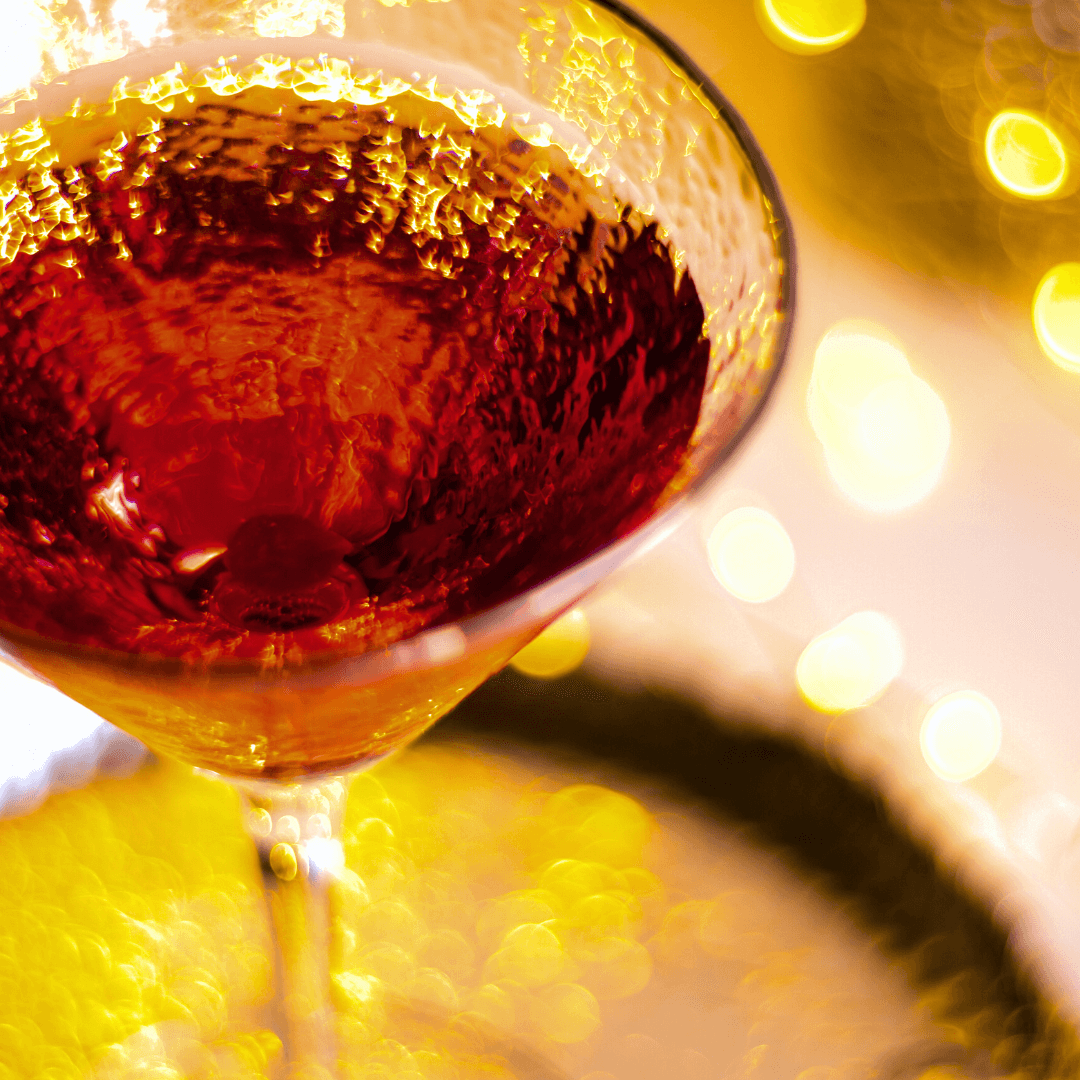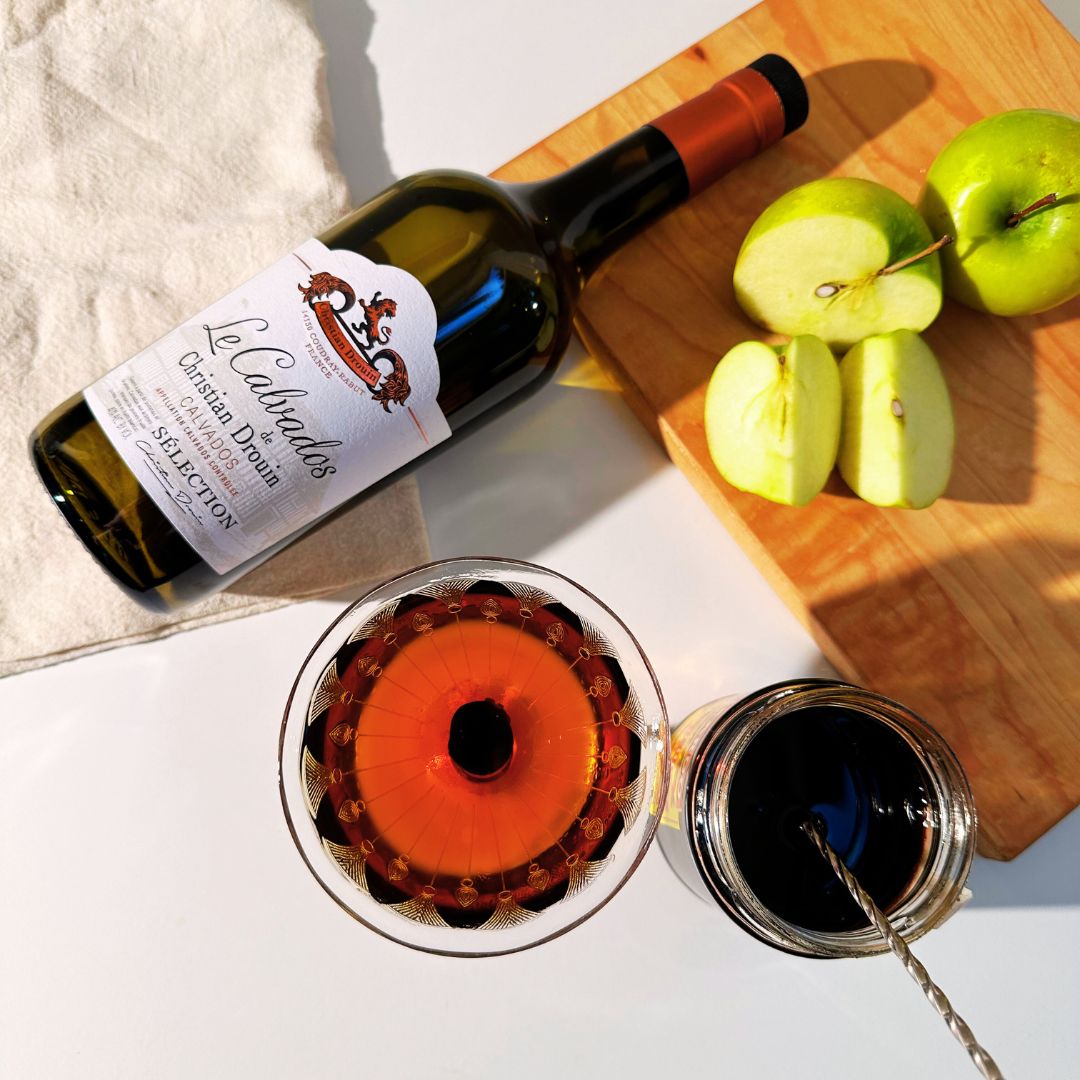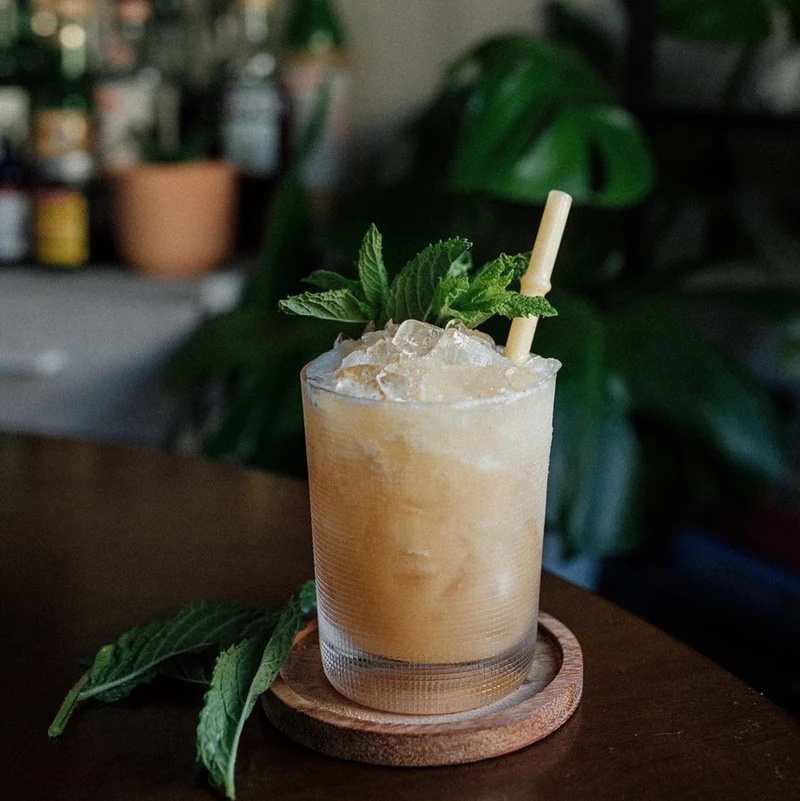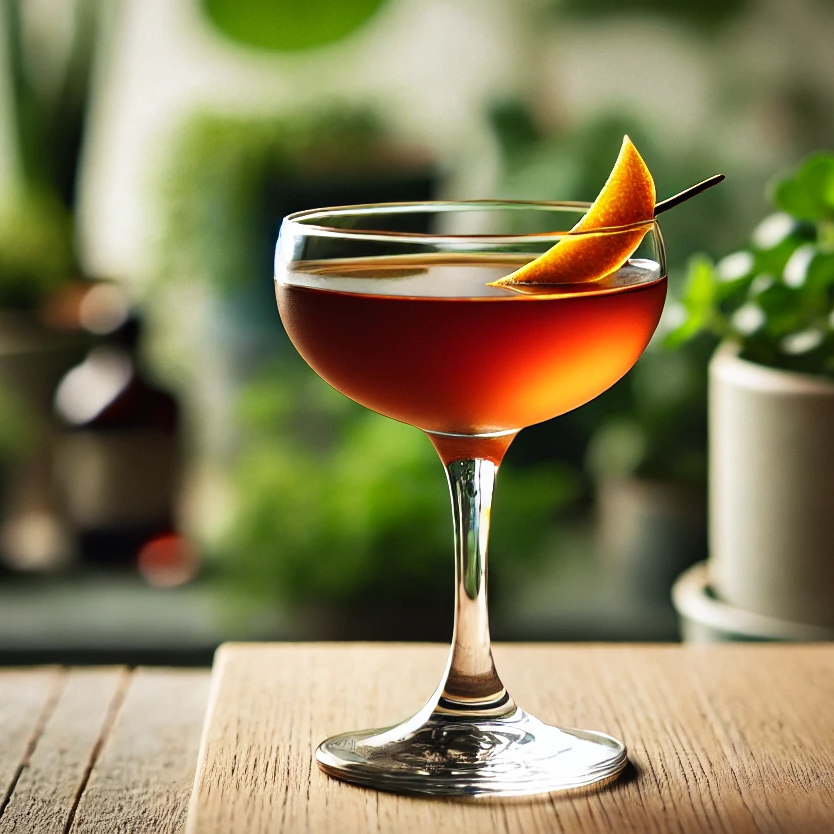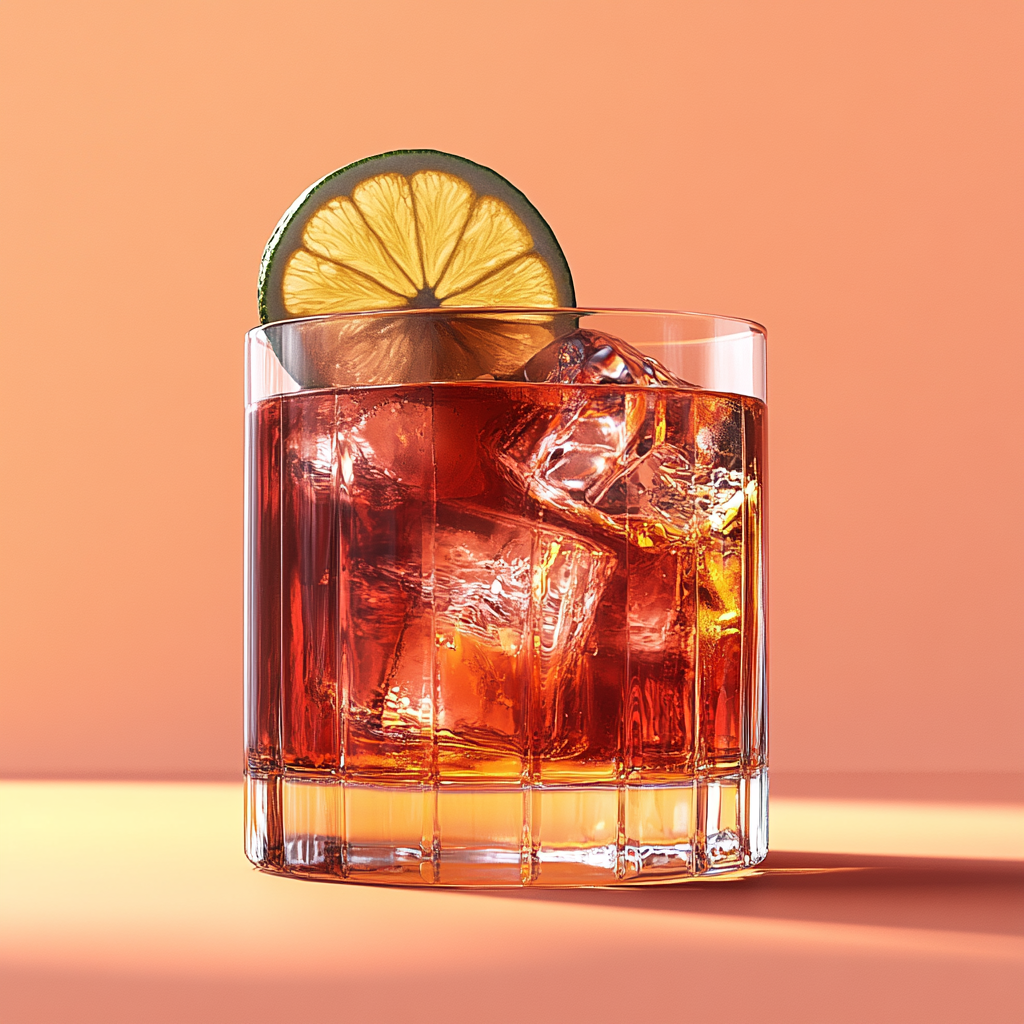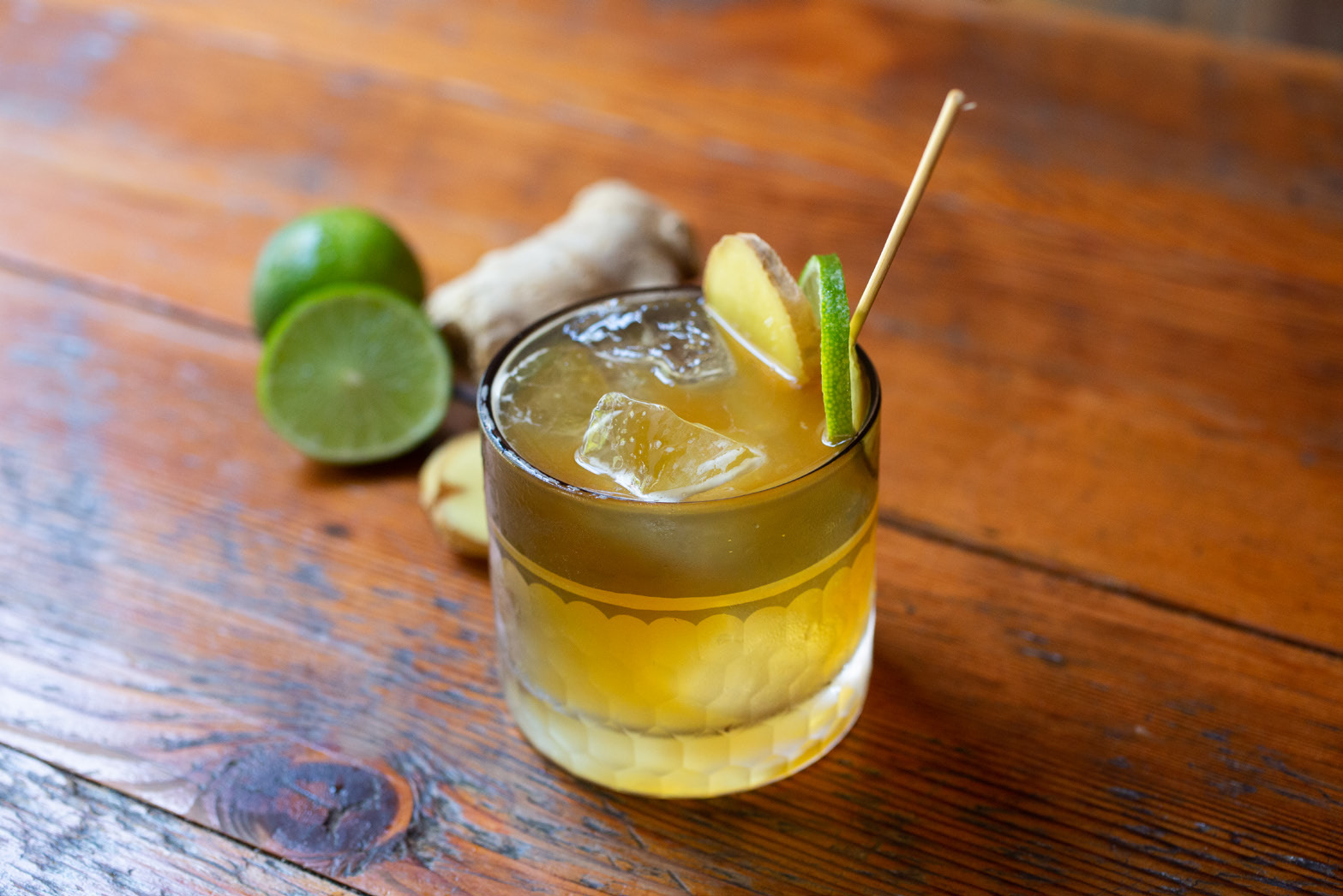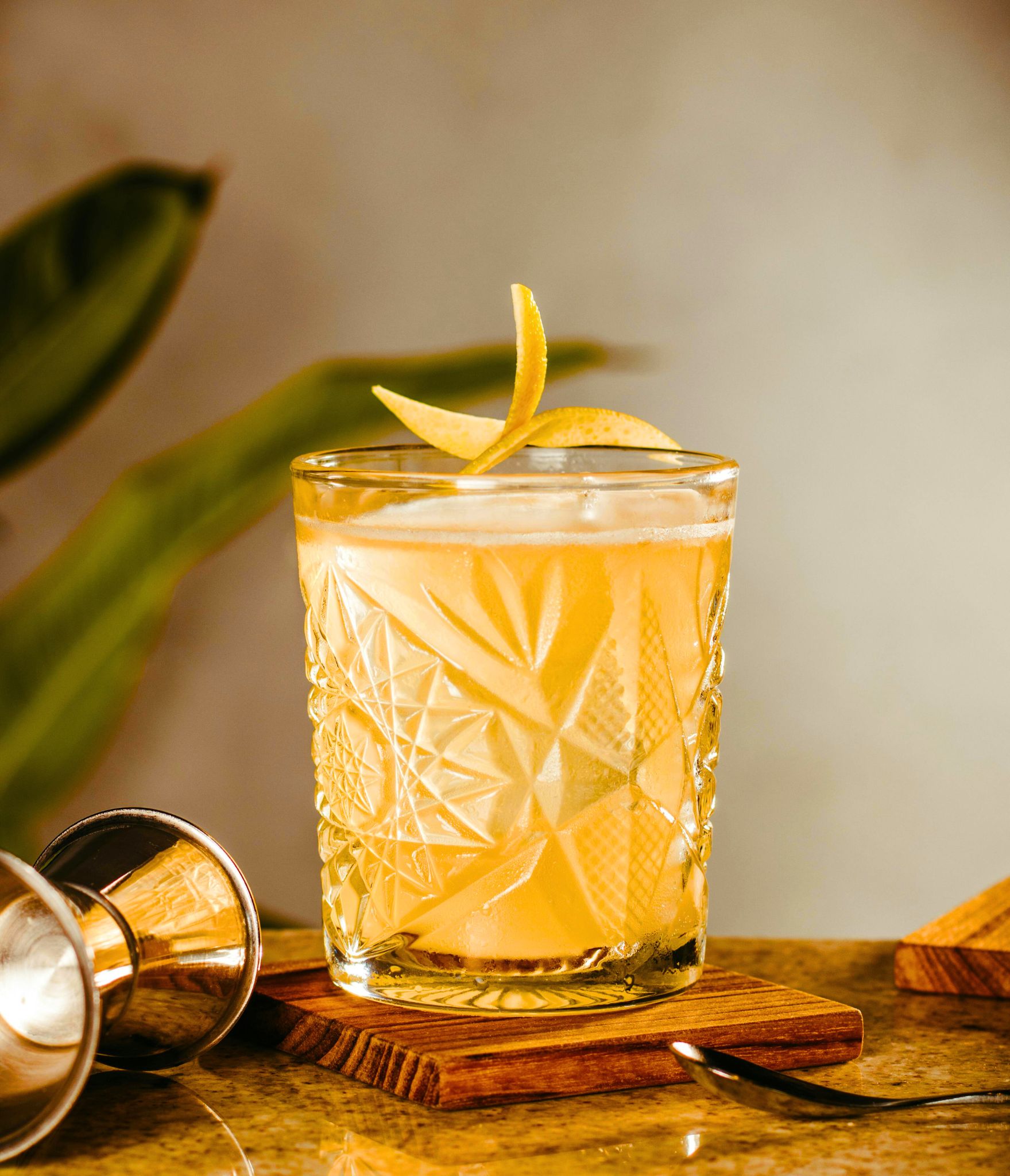Amaro
What is Amaro?
Amaro represents one of Italy's most beloved categories within Amari & Aperitifs, distinguished by its characteristic bitter-sweet profile and herbal complexity. These liqueurs are defined by their base of neutral spirits or wine infused with a proprietary blend of botanicals—think roots, bark, flowers, citrus peels, and spices—that create layers of flavor ranging from intensely bitter to pleasantly sweet. What makes amaro truly special is how each producer guards their secret recipe, often passed down through generations, resulting in hundreds of distinct expressions that capture the essence of their particular region.
Learn More About Amaro
What makes Amaro unique?
Amaro stands apart from other bitter liqueurs through its incredible diversity of botanical blends and regional expressions, with each producer guarding secret recipes that can include anywhere from a dozen to over 40 different herbs, roots, flowers, and spices. Unlike aperitifs which are typically consumed before meals to stimulate appetite, or digestifs which focus purely on aiding digestion, amaro bridges both worlds with its complex bitter-sweet balance that works equally well as a pre-dinner sipper or after-meal soother. The category's geographic specificity also sets it apart—each Italian region produces distinctly different styles, from the alpine herb-forward amari of the north to the citrus and Mediterranean herb expressions of the south, creating a liquid map of Italy's botanical heritage.
How is Amaro made?
Amaro starts with a neutral spirit base that gets infused with a secret blend of botanicals - think herbs, roots, bark, citrus peels, and spices that can number anywhere from a dozen to over 100 different ingredients. The botanicals steep in the alcohol for weeks or months through maceration, distillation, or both, then the resulting liquid gets sweetened with sugar or honey and often aged in barrels or tanks to marry all those complex flavors together. Each producer guards their recipe like family treasure, which explains why no two amaros taste exactly alike despite following this same basic process.
How do you drink Amaro?
Amaro shines brightest when sipped neat at room temperature as a digestif after dinner, allowing its complex herbal and bitter notes to unfold slowly on your palate. Many people also enjoy it on the rocks with a twist of orange peel, which opens up the aromatics and softens the intensity slightly. In cocktails, amaro works beautifully in stirred drinks like Negroni variations, Paper Plane riffs, and classic Italian serves with prosecco or soda water—think of it as the bitter backbone that adds depth and sophistication to your drink.
How do I choose a good Amaro?
Start by considering your taste preferences and intended use – lighter, citrus-forward amari like Aperol work beautifully in spritzes and daytime drinks, while darker, more bitter options such as Fernet-Branca shine in stirred cocktails or as digestifs. Match the amaro's intensity to your cocktail's character: delicate drinks call for gentler amari like Nonino or Montenegro, while bold cocktails can handle the herbal punch of Cynar or the medicinal bite of Branca Menta. When in doubt, ask your bartender or liquor store staff for recommendations based on what you're mixing – they often know which bottles play well with specific spirits and can guide you toward something that fits both your palate and your home bar needs.
Nutritional Information
Typical Calorie Range per Ounce: 65-90 calories
Typical Carbohydrate Range per Ounce: 4-8 grams
Typical Sugar Range per Ounce: 3-7 grams
Typically Gluten Free: Yes
Most amari are naturally gluten-free since they're made from neutral spirits distilled from various sources and infused with herbs, roots, and botanicals. The distillation process typically removes gluten proteins even when wheat-based spirits are used as the base. That said, some producers may use grain-based ingredients in their botanical blends or employ production methods that could introduce gluten. Always check the specific product label and contact the manufacturer directly if you have celiac disease or severe gluten sensitivity to confirm their particular amaro meets your dietary requirements.
Scrolled this far? Your reward? Amaro Trivia!
- The secret ingredient in many amaros isn't herbs or roots—it's chinotto, a bitter orange that grows almost exclusively in Italy and tastes like someone crossed a lime with black coffee. This tiny citrus fruit was nearly extinct until amaro makers started using it in the 1800s, accidentally saving an entire species while perfecting their recipes.
- Fernet-Branca contains 27 different botanicals, but the company keeps the exact recipe locked in a vault in Milan that requires three different keys held by three different family members to open. Only five people alive know the complete formula, and they're contractually forbidden from traveling together on the same flight.
- Many Italian bartenders drink a shot of Fernet after their shift not just for tradition, but because it actually works as a digestive aid and hangover preventative. The high concentration of myrrh and saffron helps metabolize alcohol faster—which explains why San Francisco bartenders adopted this ritual so enthusiastically that the city now consumes 25% of all Fernet imported to America.
- Aperol was originally created as medicine for the Austrian army in 1919, designed to prevent malaria among soldiers stationed in tropical regions. The quinine and bitter orange were supposed to ward off mosquito-borne illness, but soldiers discovered it mixed beautifully with Prosecco, accidentally inventing what would become the Aperol Spritz nearly a century later.
- The reason amaro bottles are often so dark isn't just to protect the liquid from light—it's because early amaro makers wanted to hide the murky, unappetizing brown color that results from macerating dozens of roots, barks, and herbs together. Ironically, this "flaw" became a marketing advantage, making the bottles look more mysterious and medicinal on pharmacy shelves.
Gift message (optional)

